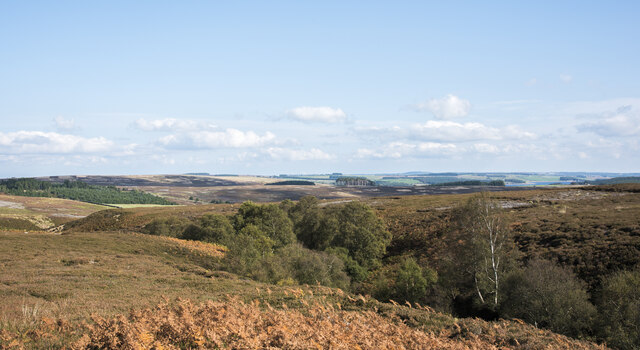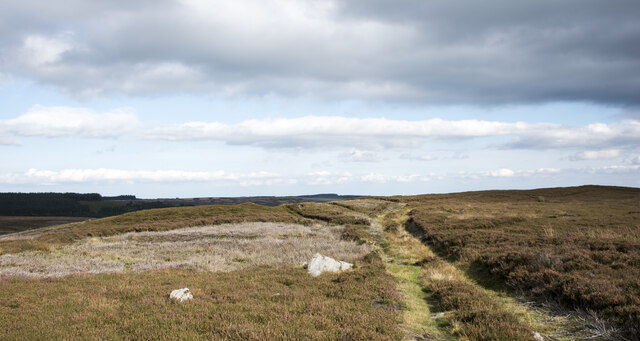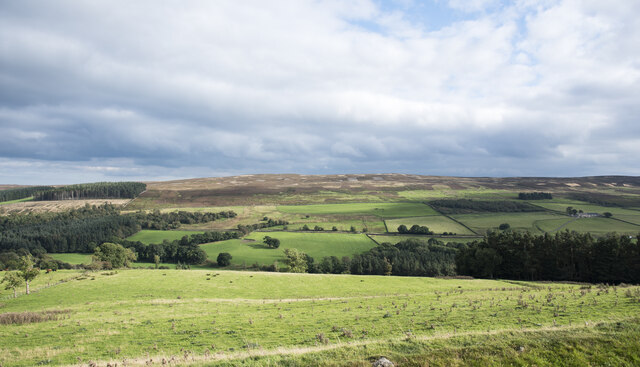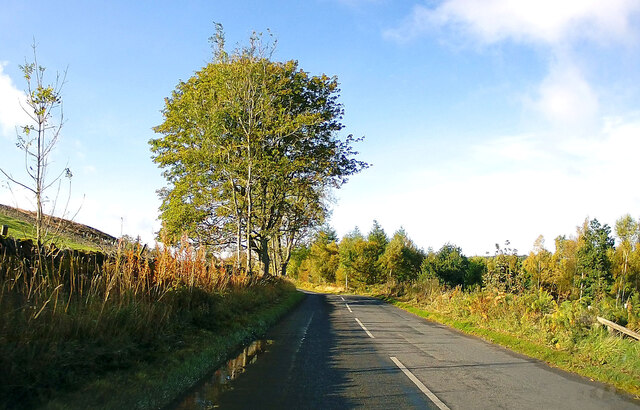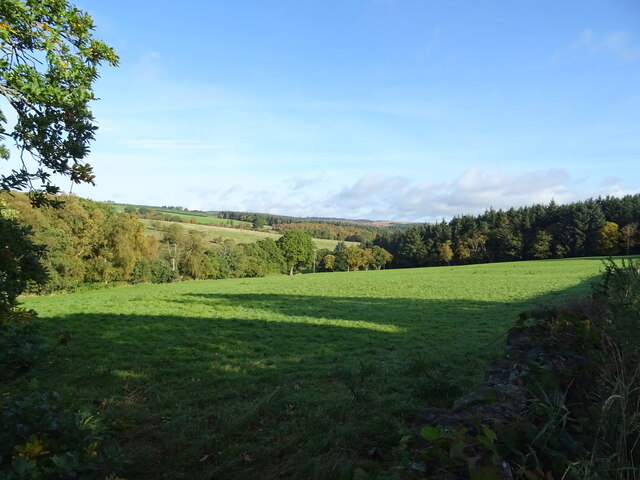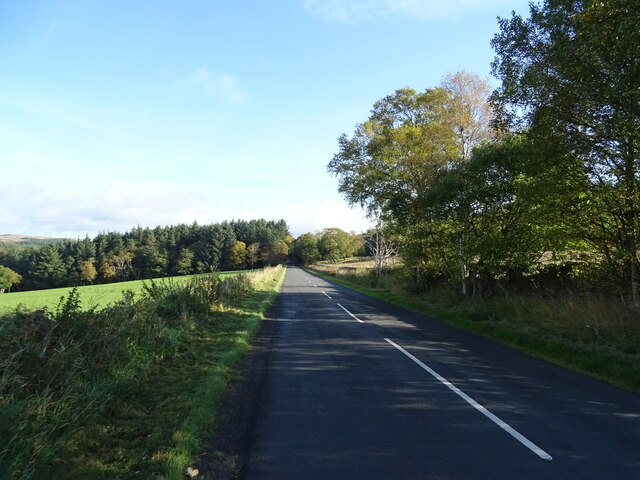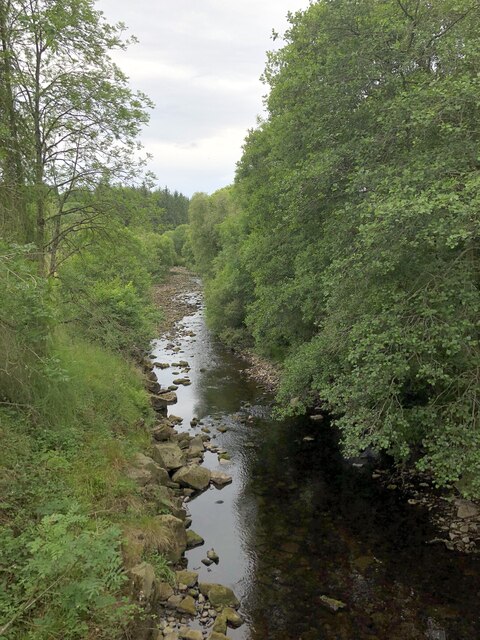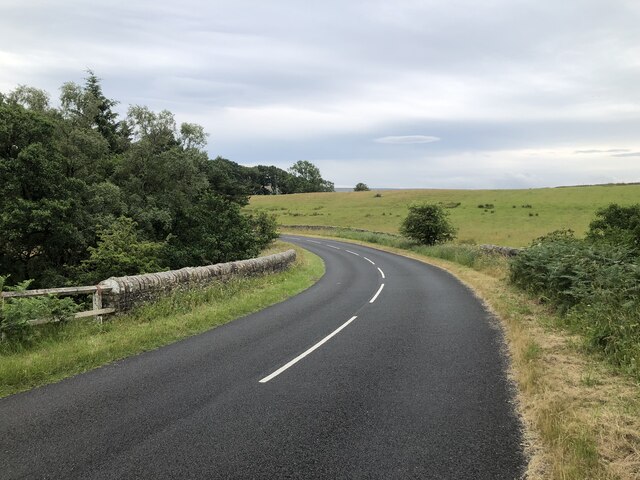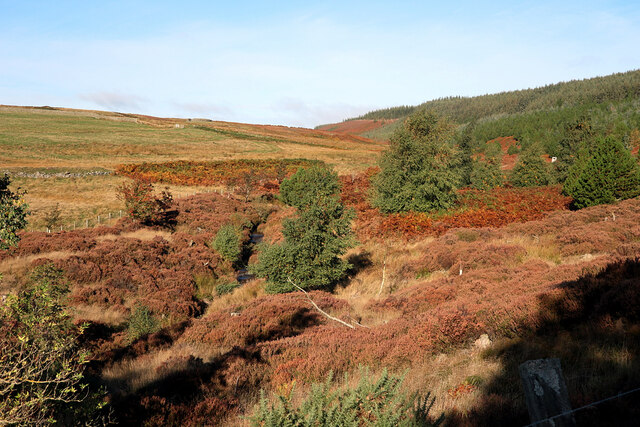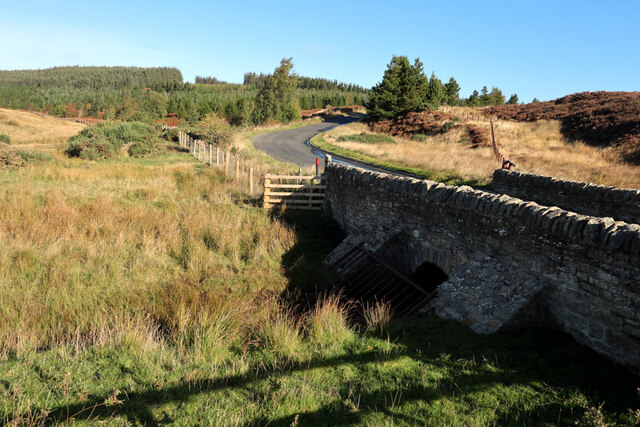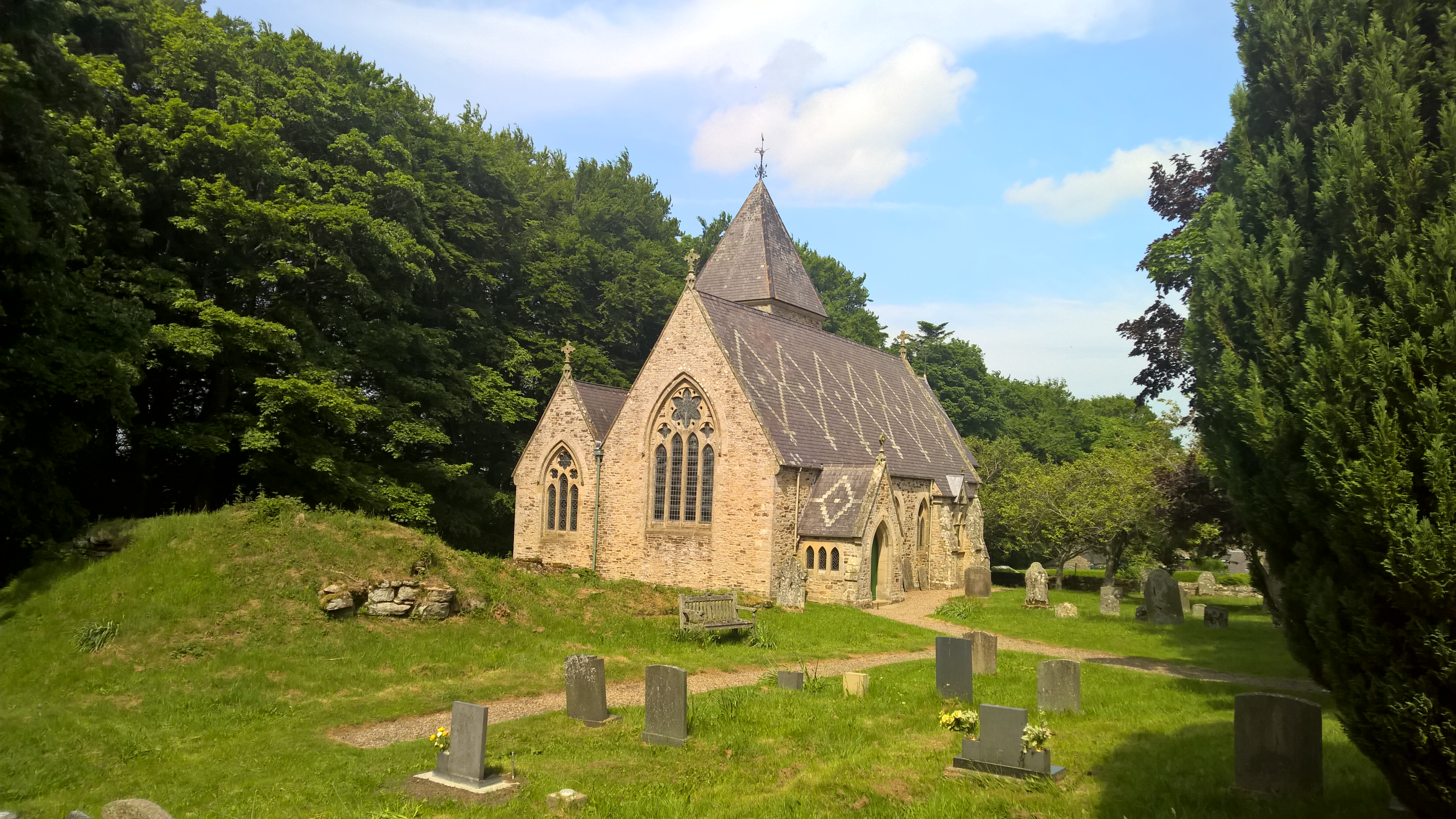Acton Dean
Valley in Northumberland
England
Acton Dean
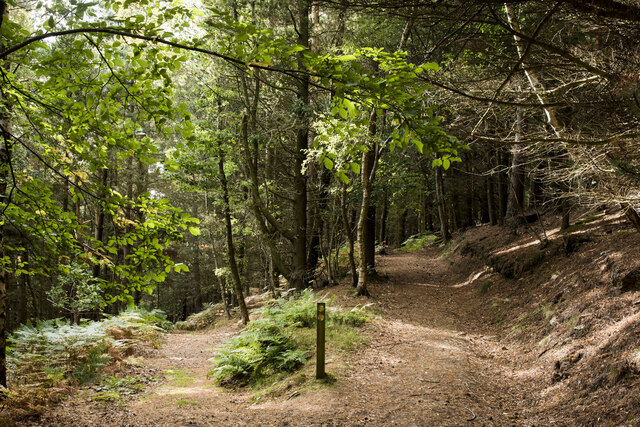
Acton Dean is a small village located in the county of Northumberland, England. Situated within the picturesque Tyne Valley, the village is surrounded by stunning natural beauty and offers a peaceful and idyllic setting for its residents and visitors.
The village is characterized by its charming rural atmosphere and traditional English architecture. The houses in Acton Dean are predominantly made of local stone, giving the village a timeless and rustic feel. The streets are lined with well-maintained gardens and trees, creating a green and pleasant environment.
Acton Dean benefits from its prime location in the Tyne Valley, which is known for its stunning landscapes and outdoor recreational opportunities. The village is surrounded by rolling hills, lush meadows, and winding rivers, making it a haven for nature lovers and outdoor enthusiasts. It offers a range of walking and cycling trails, allowing visitors to explore the beauty of the countryside.
Despite its small size, Acton Dean has a strong sense of community. The residents are friendly and welcoming, and the village hosts various social events and activities throughout the year. The local pub serves as a hub for the community, providing a gathering place for residents to socialize and relax.
Overall, Acton Dean is a charming village in the heart of Northumberland's Tyne Valley. With its beautiful surroundings, strong community spirit, and rural charm, it offers a delightful escape from the hustle and bustle of city life.
If you have any feedback on the listing, please let us know in the comments section below.
Acton Dean Images
Images are sourced within 2km of 54.866893/-2.0392167 or Grid Reference NY9752. Thanks to Geograph Open Source API. All images are credited.

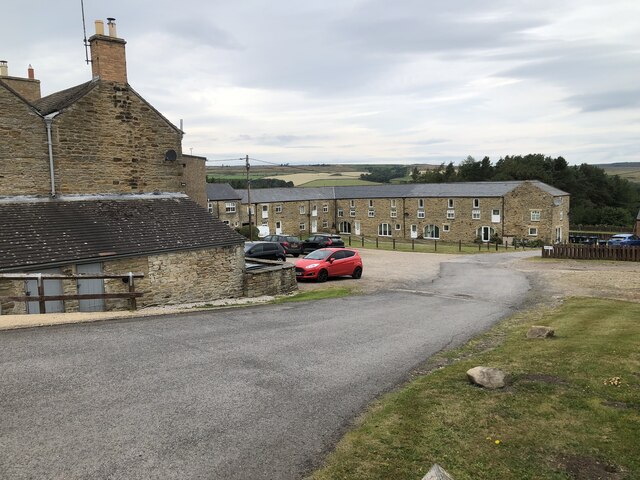

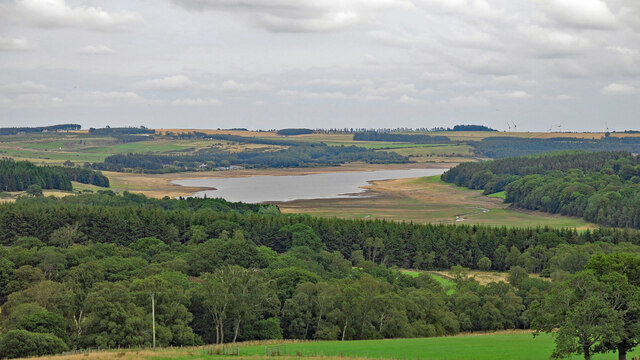
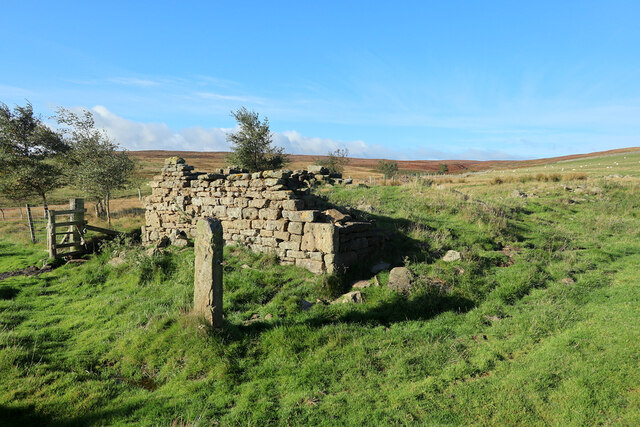
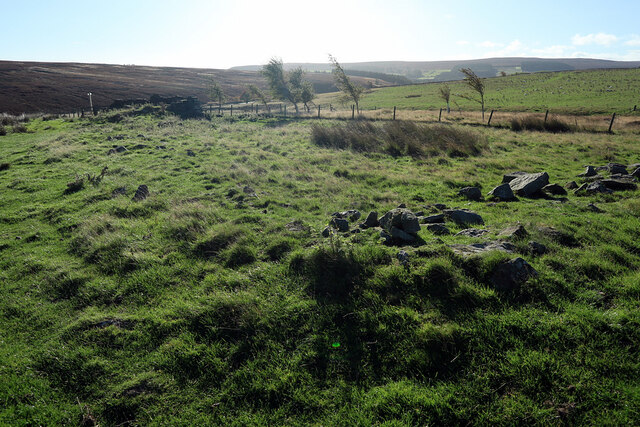
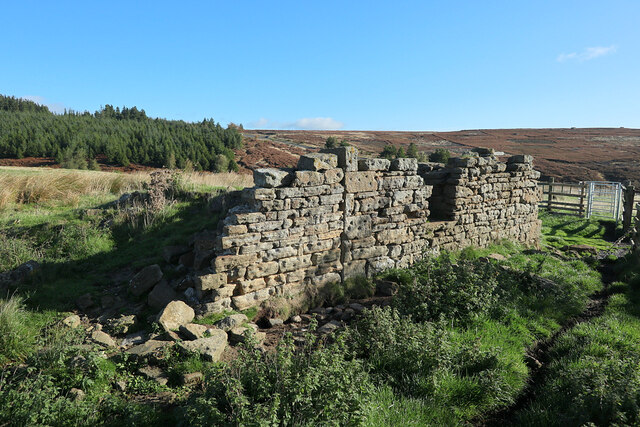
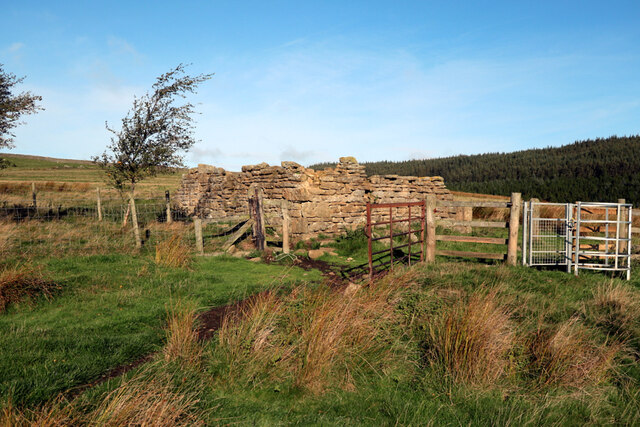
Acton Dean is located at Grid Ref: NY9752 (Lat: 54.866893, Lng: -2.0392167)
Unitary Authority: Northumberland
Police Authority: Northumbria
What 3 Words
///extra.fastening.fittingly. Near Slaley, Northumberland
Nearby Locations
Related Wikis
Blanchland Abbey
Blanchland Abbey at Blanchland, in the English county of Northumberland, was founded as a premonstratensian priory in 1165 by Walter de Bolbec II, and...
Blanchland
Blanchland is a village in Northumberland, England, on the County Durham boundary. The population of the civil parish at the 2011 census was 135.Set beside...
Baybridge, Northumberland
Baybridge is a small village in Northumberland, England, just to the west of Blanchland and on the border with County Durham. It is situated to the west...
Colpitts Grange
Colpitts Grange is a hamlet in Northumberland, England. It is about 7 miles (11 km) to the south-east of Hexham. == Governance == Colpitts Grange is in...
Pow Hill Bog
Pow Hill Bog is a Site of Special Scientific Interest in the Wear Valley district of County Durham, England. It lies alongside Derwent Reservoir, approximately...
Slaley Hall
Slaley Hall is a country house golf resort in Northumberland in North East England, built by local developers Seamus O'Carroll and John Rourke which hosted...
Derwent Reservoir (North East England)
The Derwent Reservoir is a reservoir on the River Derwent, on the border between County Durham and Northumberland, in England. It is west of Consett. It...
Hunstanworth
Hunstanworth is a village in County Durham, England. It is situated approximately 10 miles to the west of Consett, south-west of the village of Blanchland...
Nearby Amenities
Located within 500m of 54.866893,-2.0392167Have you been to Acton Dean?
Leave your review of Acton Dean below (or comments, questions and feedback).
